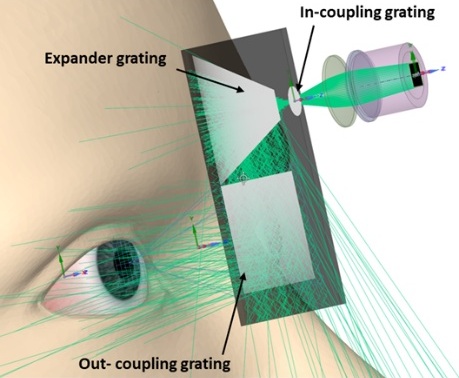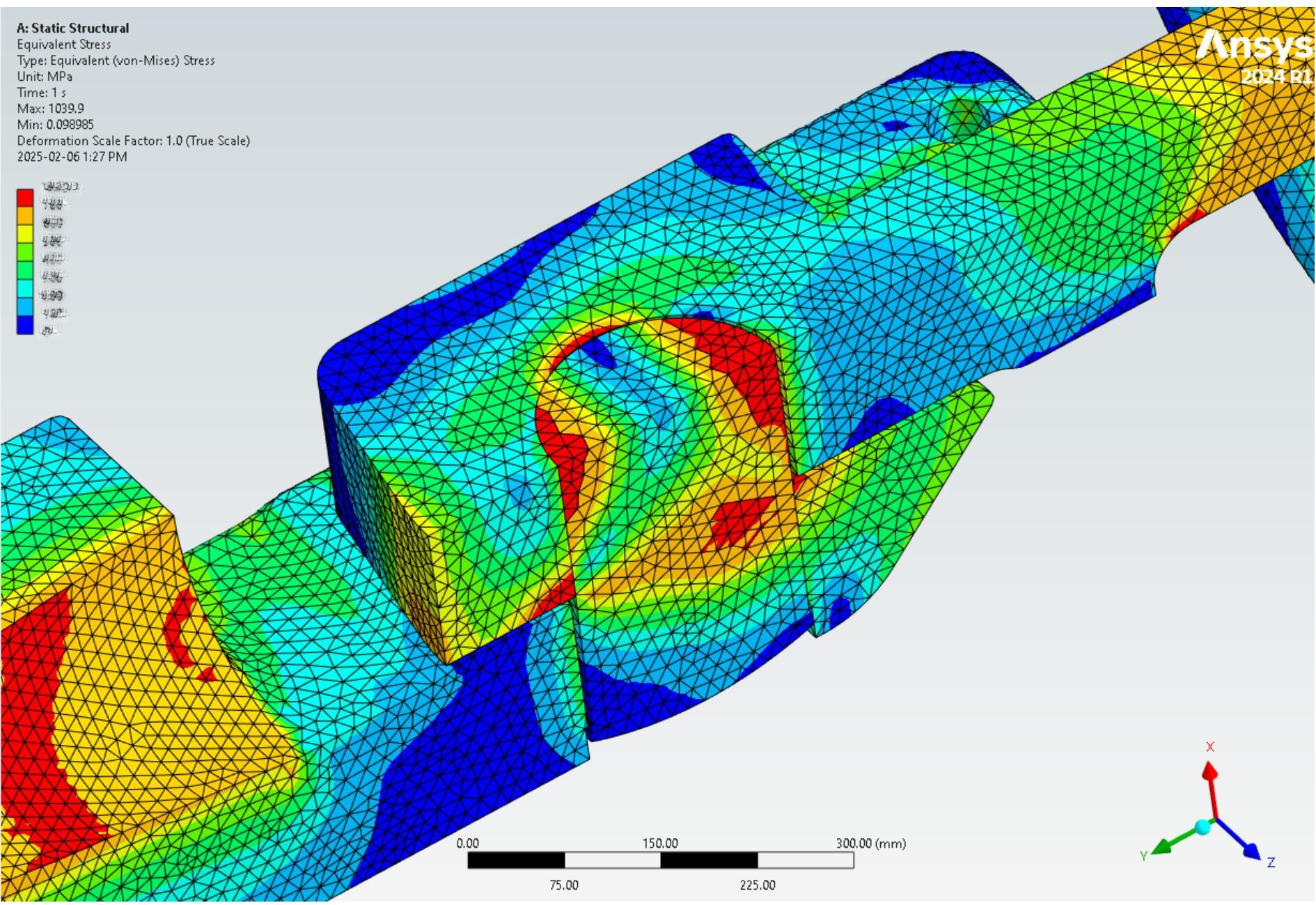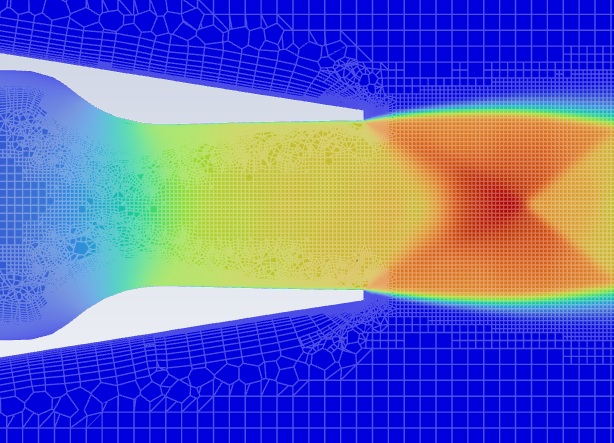Aviation’s Sustainability Challenge
The aviation industry contributes over 1 billion tons of CO₂ to the atmosphere annually. With air travel projected to double by 2040, the call for sustainable propulsion solutions has never been louder. Regulatory mandates, passenger expectations, and long-term economic pressures are converging to transform the way aircraft are designed, powered, and certified.
In response, the sector is shifting toward hybrid-electric and all-electric propulsion systems — technologies that promise reduced emissions and increased efficiency, especially in regional, urban, and advanced air mobility (AAM) applications. However, these propulsion systems introduce unprecedented technical complexity across mechanical, electrical, and thermal domains.
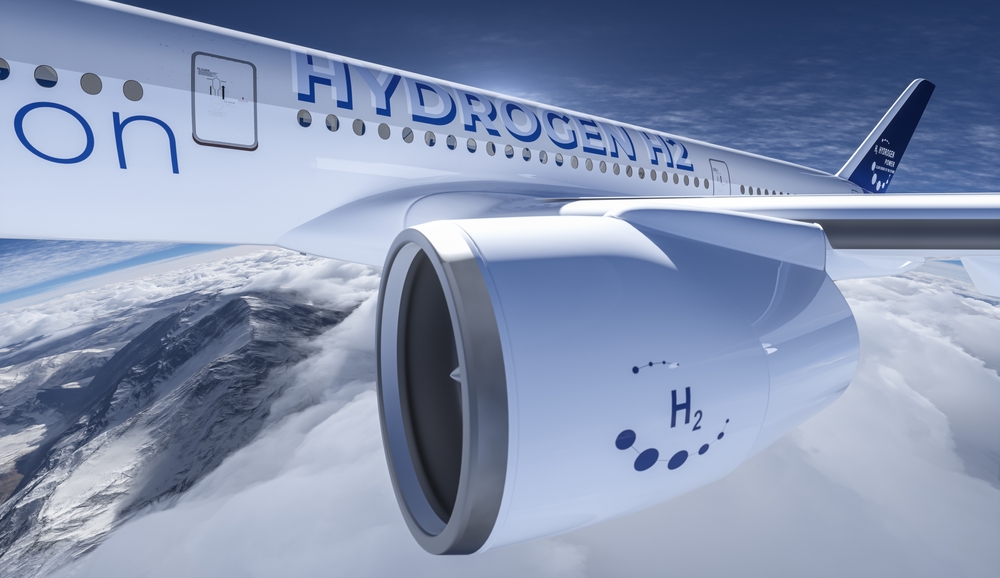
To meet this challenge, aviation innovators are turning to Ansys simulation software, which empowers engineers to design, validate, and optimize next-generation propulsion systems in a virtual environment before a single prototype is built.
A Multiphysics Approach to Sustainable Aviation and Propulsion
Hybrid and electric aircraft integrate multiple subsystems: electric machines, batteries, fuel cells, inverters, control units, and thermal management systems. These elements must work together in harmony under a range of flight conditions. This demands a comprehensive, multiphysics simulation strategy, which Ansys is uniquely positioned to provide.
Let’s break down how Ansys tools support sustainable aviation and propulsion development:
1. Electric Machine Design and Optimization
Using Ansys Motor-CAD and Ansys Maxwell, engineers can:
- Design and optimize high-efficiency electric motors for propulsion.
- Evaluate torque, power density, and losses across a complete flight envelope.
- Simulate thermal behavior and cooling strategies to ensure performance and safety.
These tools provide fast analytical workflows integrated with 3D electromagnetic FEA, allowing high-fidelity motor design at every stage of development.
2. Battery and Energy Storage Modeling
Ansys Battery Management System and Ansys Fluent enable:
- Detailed electrochemical modeling of lithium-ion and solid-state batteries.
- Simulation of thermal runaway, degradation, and charging behavior.
- Evaluation of battery cooling architectures, improving safety and extending battery life.
These capabilities are critical in hybrid systems where batteries provide high-power bursts for takeoff or act as the primary power source in all-electric aircraft.
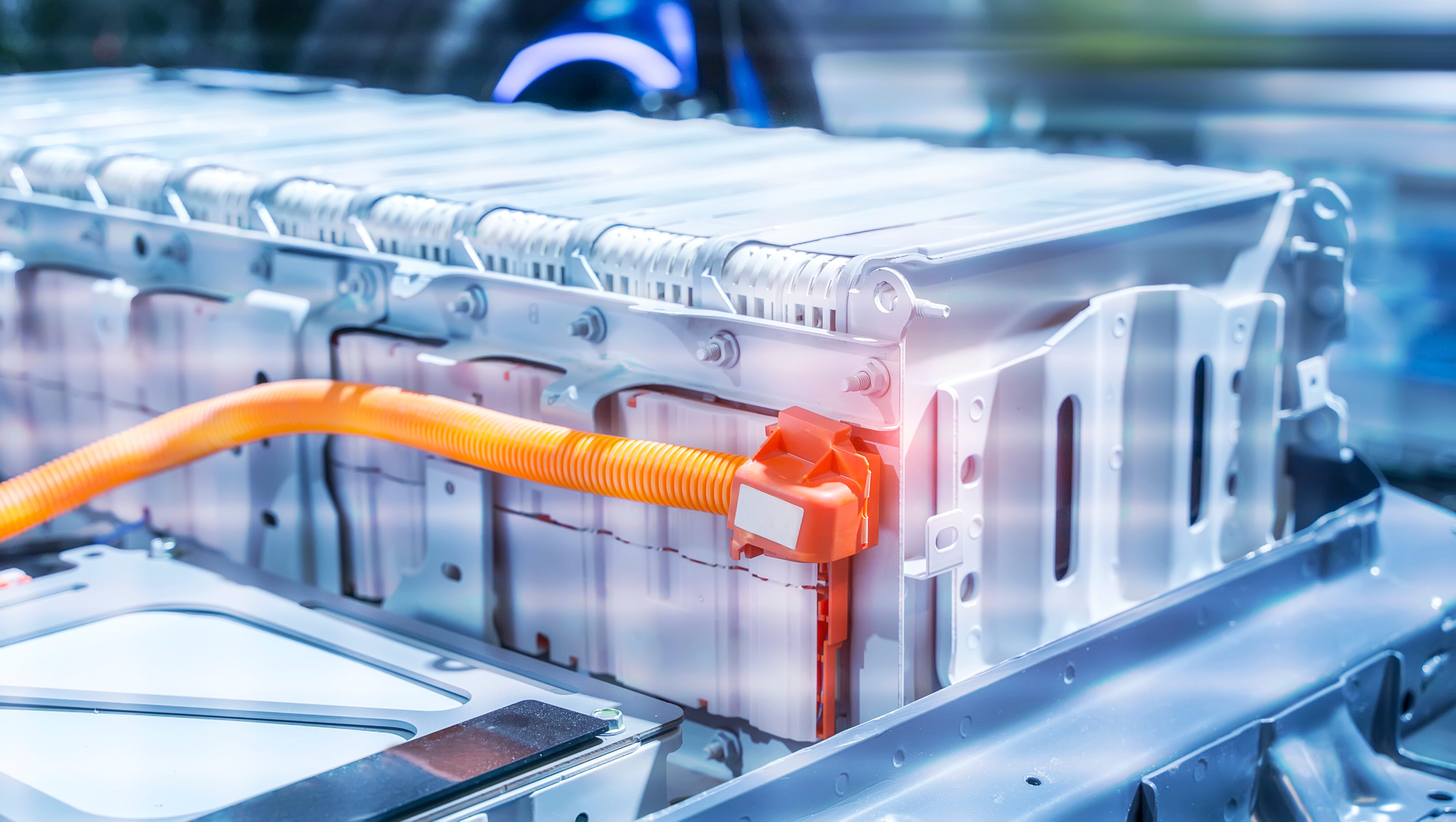
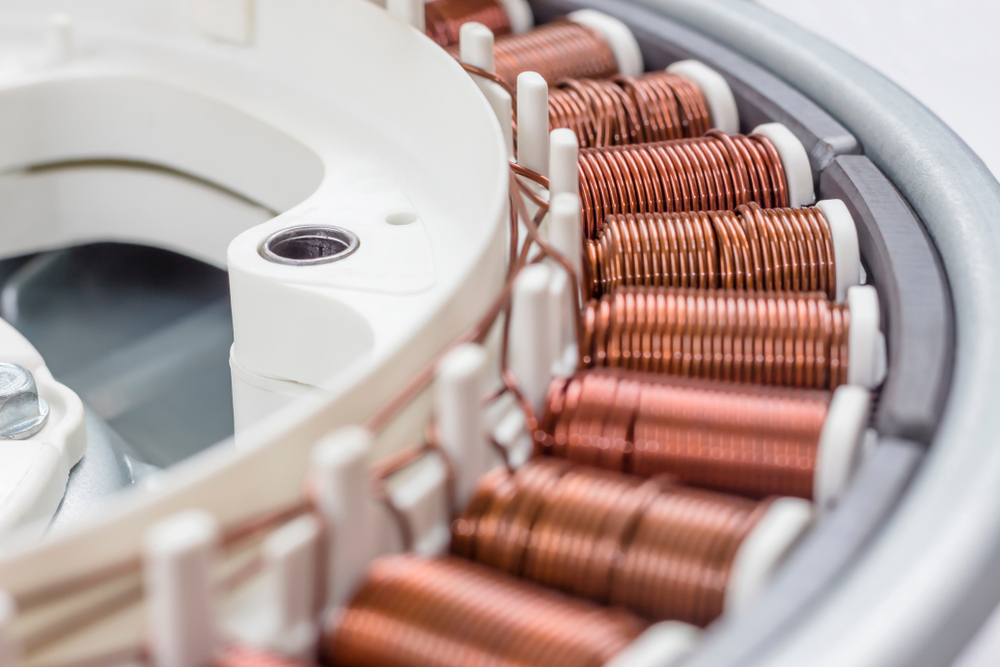
3. Power Electronics and Control System Co-Design
Power electronics are the backbone of energy distribution in electric aircraft. Using Ansys Twin Builder, engineers can:
- Develop system-level models of power converters, inverters, and embedded control logic.
- Simulate real-time power flows and thermal impacts across systems.
- Ensure interoperability and efficiency across propulsion subsystems.
Combined with Ansys SCADE, these tools also help meet DO-178C certification requirements for software used in safety-critical systems.
4. Thermal Management in Sustainable Aviation
Thermal regulation is one of the greatest engineering challenges in electric propulsion, especially in compact aircraft configurations. With Ansys Icepak and Ansys Fluent, engineers can:
- Analyze cooling flows around batteries, motors, and power electronics.
- Evaluate conjugate heat transfer in complex geometries.
- Prevent hot spots and system failures during extended operation or peak loads.
Thermal simulation helps balance system weight, performance, and reliability — key trade-offs in sustainable aviation.
5. Structural Integrity and Lightweight Design
To maintain performance and range, electric aircraft must be as lightweight as possible while remaining structurally sound. Ansys Mechanical and Ansys LS-DYNA allow engineers to:
- Simulate mechanical stresses and fatigue across components and assemblies.
- Analyze crashworthiness and impact resistance for urban air mobility vehicles.
- Integrate structural design with thermal and electromagnetic constraints.
These tools support smarter material choices and enable engineers to meet FAA/EASA airworthiness standards without overengineering.
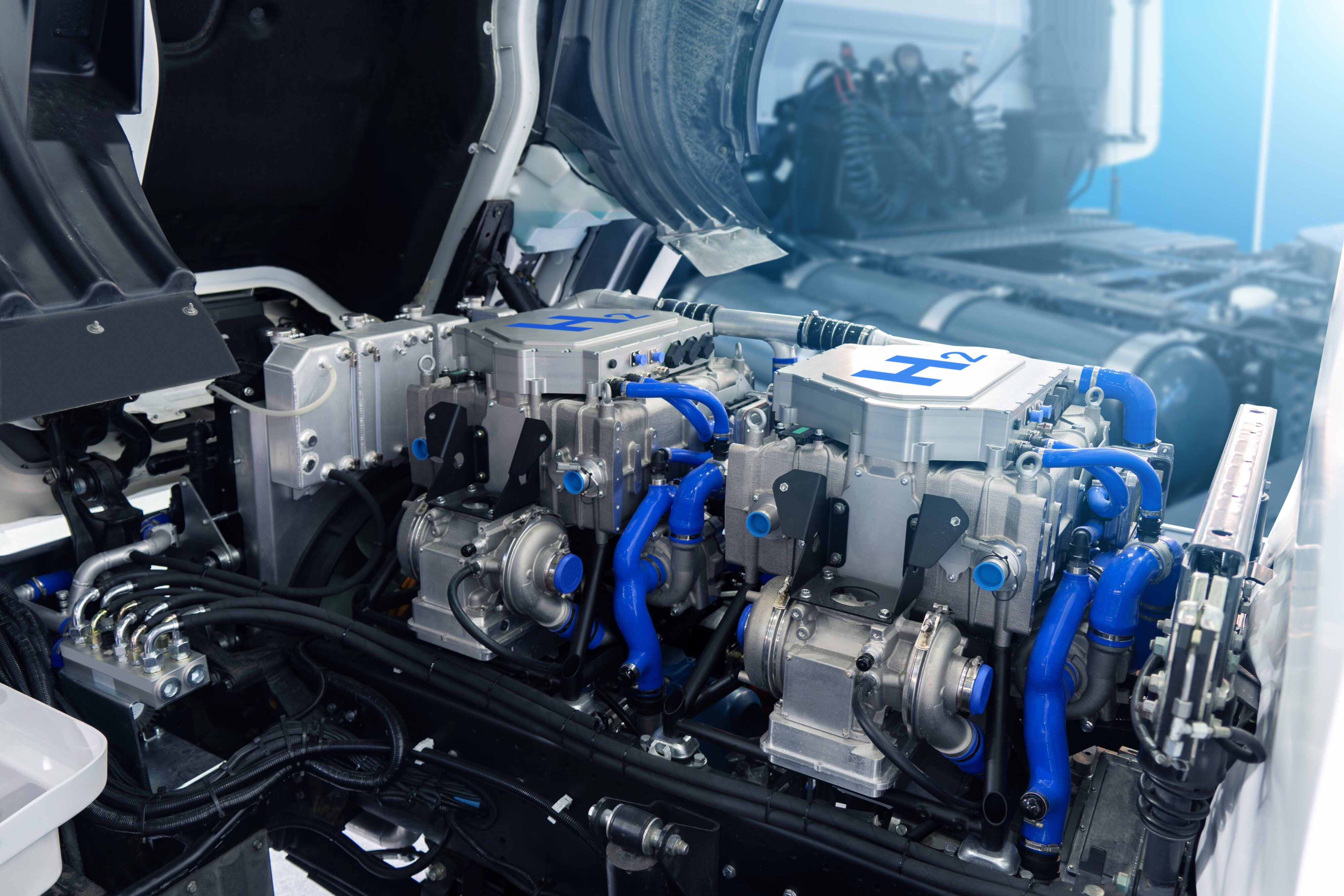
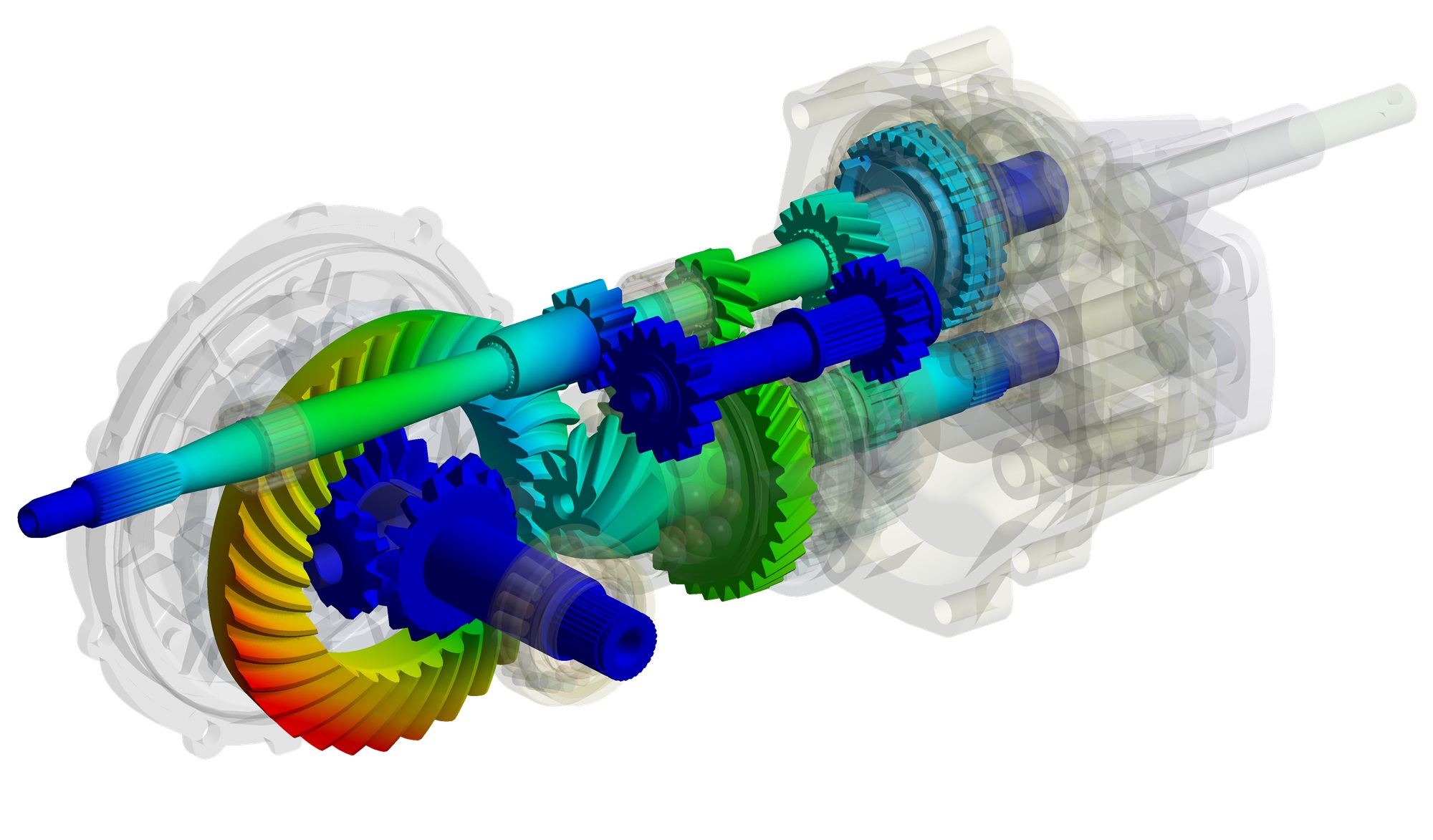

Engineering a New Era with Digital Twins and MBSE
Beyond individual subsystem simulations, Ansys supports model-based systems engineering (MBSE) and the creation of digital twins for complete aircraft systems.
- With Ansys ModelCenter, engineers can connect simulation models across disciplines and automate design workflows.
- Digital twins powered by Ansys Twin Builder enable real-time monitoring and predictive maintenance strategies for electric aircraft in service.
These technologies enhance traceability, improve collaboration, and support faster, safer certification paths, which is a must for emerging aircraft categories like eVTOLs and hybrid regional jets.
Realizing the Benefits: Faster Design, Fewer Prototypes, Greater Innovation
Traditional design workflows, reliant on physical prototyping and late-stage integration, are no longer sufficient for the compressed timelines and novel architectures of sustainable propulsion. Ansys enables aviation companies to:
- Front-load verification and certification, reducing downstream risk.
- Run more what-if scenarios and explore wider design spaces without delays.
- Reduce the number of physical prototypes, saving millions in development costs.
- Capture and trace design decisions for regulatory compliance and safety assurance.
By integrating simulation from concept to certification, teams can shift their focus from “Can it work?” to “What’s the best possible version of this solution?”
Sustainable Aviation Starts with Simulation
Hybrid and electric propulsion systems represent the aviation industry’s best chance at achieving near-term emissions reductions and setting the stage for a cleaner future. However, the path forward is technically complex and highly regulated.
Ansys software provides the physics-based insights, scalable computing power, and integrated toolchains engineers need to overcome these challenges and pioneer sustainable aviation technologies.
Whether you’re optimizing thermal management for battery systems, simulating power distribution across a hybrid-electric drivetrain, or building a complete digital twin of an eVTOL platform, Ansys equips you with the tools to move forward smarter, faster, and more confidently.
For aviation companies ready to lead the sustainability revolution, Ansys isn’t just a software provider; it’s a strategic enabler of tomorrow’s flight. SimuTech Group offers professional consulting and technical support to help teams fully leverage Ansys tools in real-world sustainable aviation projects. Contact us to connect with an aerospace simulation expert today!


